Picasso and Braque revolutionized painting with their new approach to representation.
c. 1907 - 1939
Picasso and Braque revolutionized painting with their new approach to representation.
c. 1907 - 1939
Cubism is a terrible name. Except for a very brief moment, the style has nothing to do with cubes.
We're adding new content all the time!
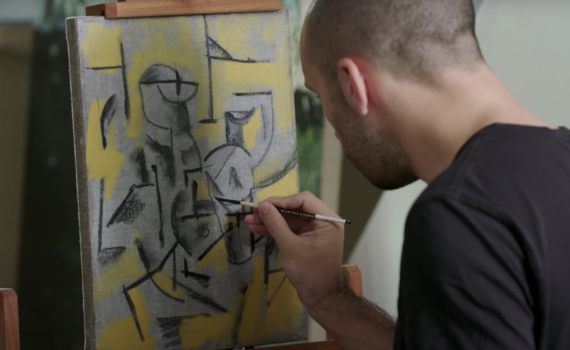
Learn how to paint in the Cubist style of artists Pablo Picasso and Georges Braque.
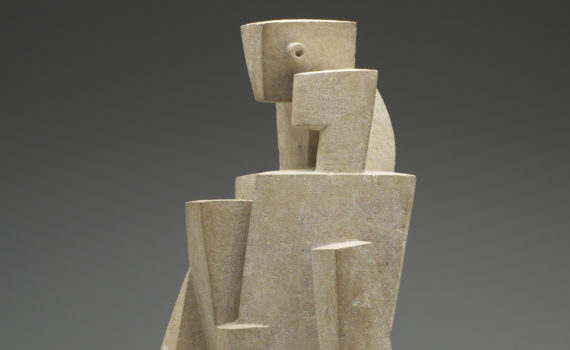
Cubist sculpture challenged the European sculptural tradition in terms of form, media, and often subject matter.
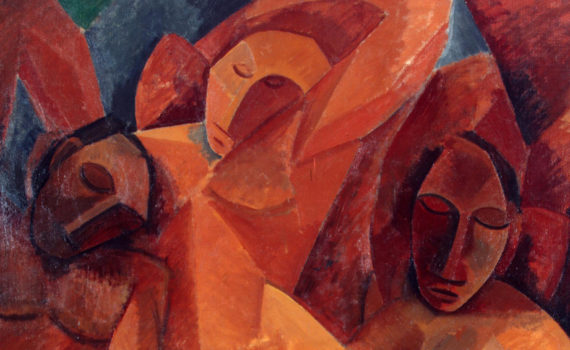
Maintaining a precarious balance between representation and abstraction, Picasso and Braque saw themselves as pursuing a daring and dangerous course.
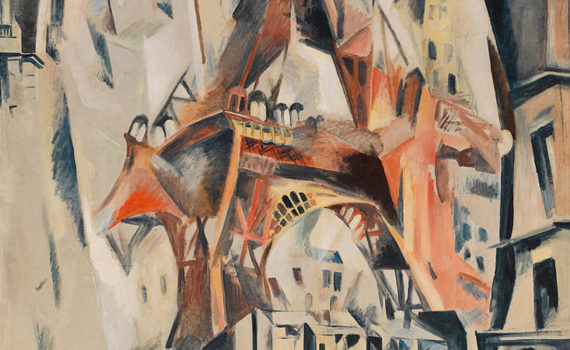
Delaunay and Léger used Cubism’s abstract language of fractured forms and spatial dislocations to express the modern urban experience.
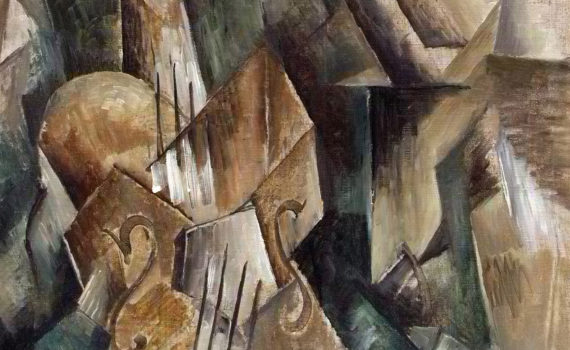
Despite its often baffling innovations, one of the defining features of Cubism is its engagement with the Western painting tradition.
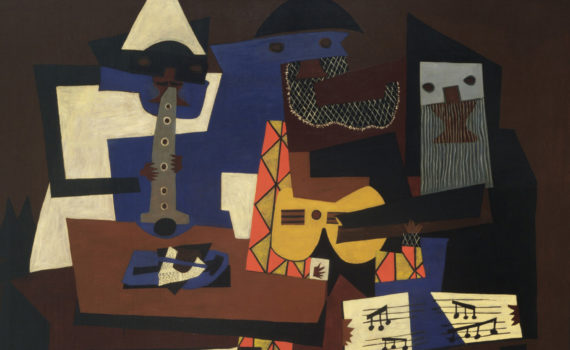
Three Musicians looks like a collage made from cut out pieces of colored paper — but it is an oil painting.
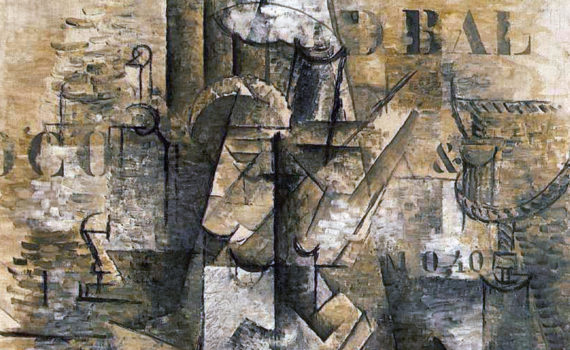
When we consider what a Cubist painting represents we engage in an intellectual or conceptual activity rather than a merely perceptual or visual one.
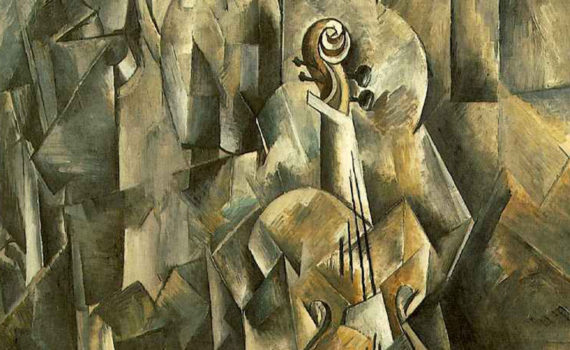
This use of multiple perspectives was a hallmark of the Cubist style, but Braque and Picasso never explained why they employed this technique.
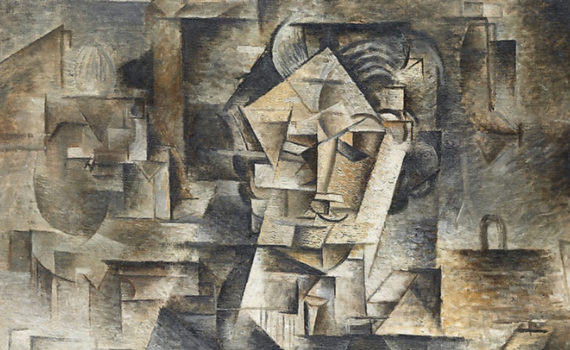
Picasso’s portrait of Kahnweiler presents the essential innovations of Analytic Cubism.
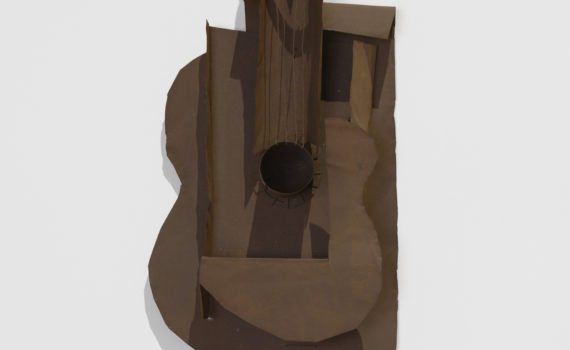
Guitar demonstrates the breakdown between art and life that becomes a key theme of twentieth-century sculpture.